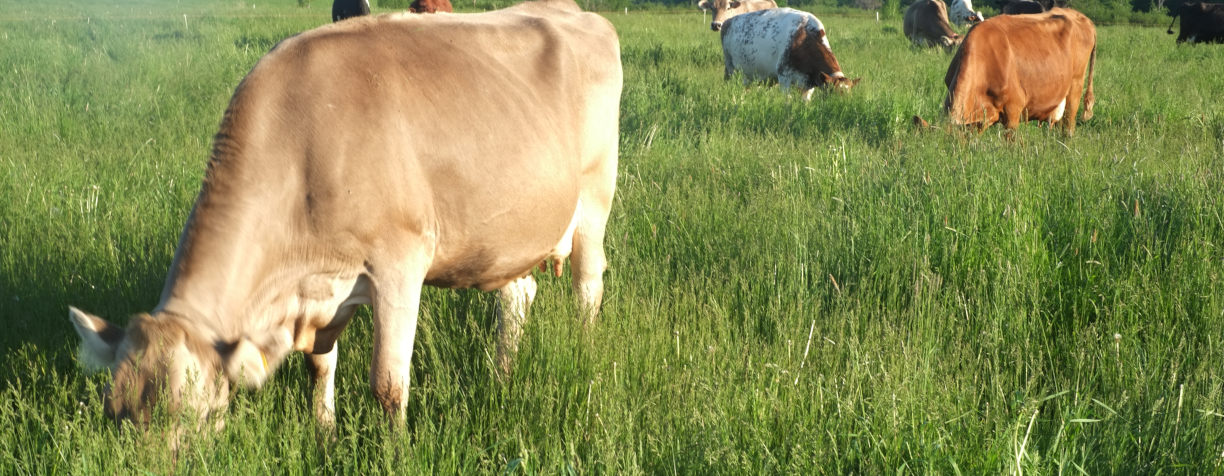Greg Galbraith
Agri-View
Friend, allow me “to put a bug in your ear” about something that’s been bothering me. It’s the frequently used phrase “conventional farming.” If you sense the presence of a small airborne insect right now it’s likely that aforementioned bug headed for your ear. There’s no swatting required; it’s a metaphorical bug. Perhaps there’s a pesticide on the market for that metaphorical entomological specimen. It’s undeniably the “cides” that partially characterize what is popularly called conventional farming – those being herbicides, fungicides and pesticides. But I digress.
I’m not sure why we call it “conventional farming.” It’s the accepted term for the type of farming taking place across much of our landscape. It’s the corn-soybean row-crop model complete with subsidies and a crop insurance net to support it and make it “pay.”
There’s a prescriptive element to it.
When I was farming myself, and considering dedicating some land to growing corn, one of my farming peers told me, “You can plant corn with your telephone. Call the co-op in mid-May, have them burn down the old hay stand with herbicide. Call your custom planter and he’ll drill seed corn into the killed sod, with fertilizer. If there’s a weed presence after emergence, call the co-op again before the crop grows too tall and they’ll hit it with another herbicide cocktail. Then just watch it grow until harvest.”
It’s a particularly convenient formula for an absentee landowner, of which there are a growing number across America’s farmland base. Here comes that pesky bug in your ear again. Just the term absentee landowner spells trouble to me as a former farmer. Many times in my writing I’ve said I was proud to have “farmed with my feet on the ground” on a piece of land I called my own, even though it was largely mortgaged for many of my farming years. I lived and breathed that land, stewarding it as my own. It was my home and I cared for it as such – and it required my presence to do so. I needed to hear the wind rattle the window panes and a coyote calling on a January night in that place on earth in order to properly nurture it. I needed to live it – and not from the other side of the county, another state or clear across the country. I’m thankful the new owners are doing the same on my former farm.
It seems to me we largely turned our backs on conventional farming in the 1960s and created a new version. It’s a version less interested in the conventional wisdom of scaling farms at a reasonable ratio of livestock units per acre. It’s a version beyond traditional agrarian models that respect the unique individuality and complexity of small parcels of farmland with hedgerows, windbreaks, creeks and woodlots. We need to look further for real-life farming examples that rely solely on the animal, crop and fertility cycle to grow their feedstuffs and market their surplus products.
Fortunately we haven’t completely rejected those simpler agrarian models. I recently had the pleasure of talking with a young man whose goal is to own a dairy farm much like his grandfather did. I was flattered when he asked me what I thought the future of agriculture held for someone like himself. My answer was that my hope lies in people just like him.
It’s because of aspiring individuals like Anthony Neitzke of Medford, Wisconsin, that I’m hopeful the desire to continually investigate and improve our farming methods will expand. He’s a Journeyman Grazier in the Dairy Grazing Apprenticeship program. He’s well aware of his responsibility to the land as a steward – as well as simultaneously managing grass adequately to produce milk profitably. He’s the day-to-day herd and grass manager on one of three grass-based dairy farms owned by Joe Tomandl III, the Dairy Grazing Apprenticeship executive director. Tomandl recently was named the recipient of the 2022 Wisconsin Leopold Conservation Award.
I’m fortunate to be in a position where I can be around an energetic contingency of farmers and conservation-staff professionals working to examine, build upon and promote environmentally sustainable farming systems. Many are young people with a vision for a sustainable-agricultural model and a desire to be “farming with their feet on the ground.” And one theme is consistent throughout my contact with those young agricultural visionaries. Many see the value of raising a family on a farm. It’s at the core of what they want to accomplish. They are my hope for the future of farming.
Perhaps it’s simply food for thought, friend. Even though we’re past the insect season, thanks for letting me put a bug in your ear.
Until next time …
This is an original article written for Agri-View, a Lee Enterprises agricultural publication based in Madison, Wisconsin. Visit Agri-View for more information.
Greg Galbraith owned and operated for 30 years a grazing-based dairy farm in central Wisconsin, until selling it to another couple who continues to operate an organic grass-based dairy. He’s an agrarian writer who’s involved in projects promoting the environmental and social benefits of an agricultural landscape dedicated to the functional permanent cover that managed pasture provides.


